1. Overview of Thien Mu pagoda
Apart from Ho Chi Minh City, Hue, the ancient capital, is one of Vietnam’s most famous tourist destinations. The city attracts a lot of domestic and foreign tourists to go sightseeing and explore the cultural buildings, especially the Thien Mu pagoda. The 400-year-old pagoda is the most ancient in Hue and possesses perfect royal architecture, poetic views, and geographical location. Besides, mysterious stories about Thien Mu pagoda also attract many tourists.
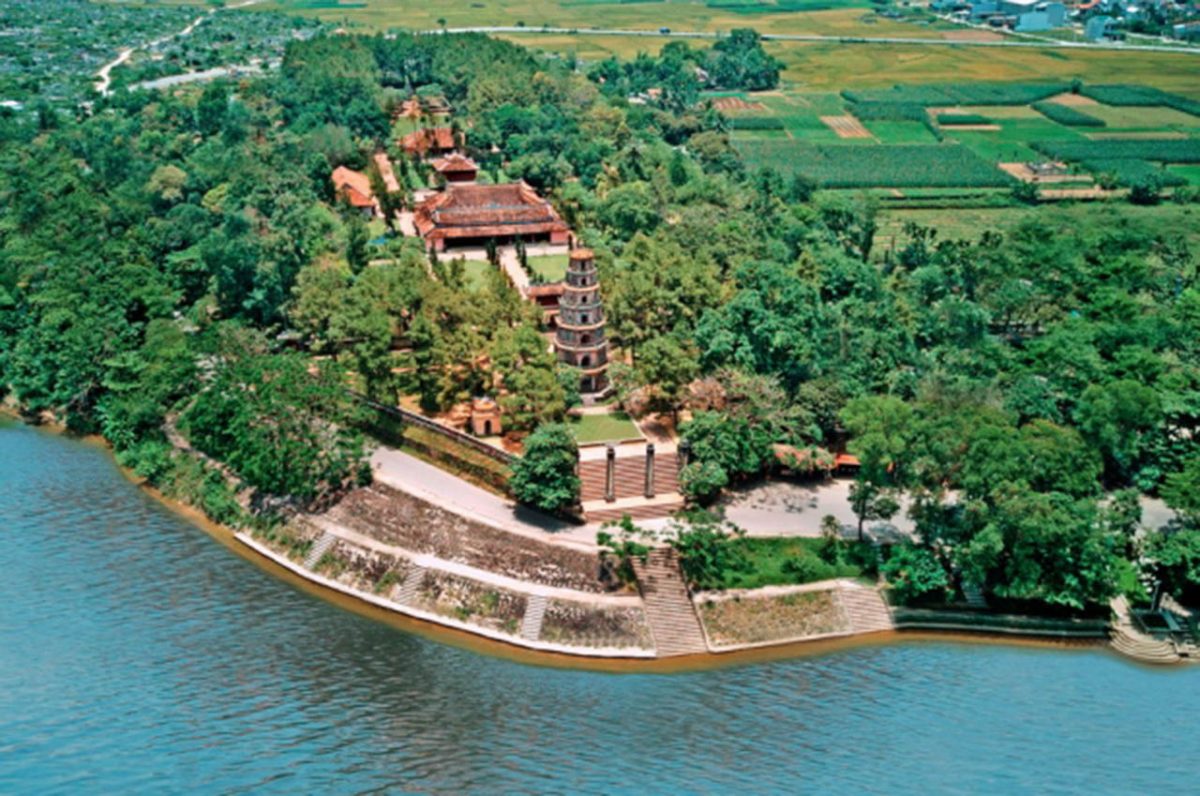
Location
Thien Mu Pagoda (or the temple of the Celestial Lady) is located on the Ha Khe hill, in the ward of Huong Long in Hue. It is around 5 kilometers (3.1 mi) from the Imperial Citadel, constructed by the Nguyen Dynasty, and sits on the northern bank of the Huong River.
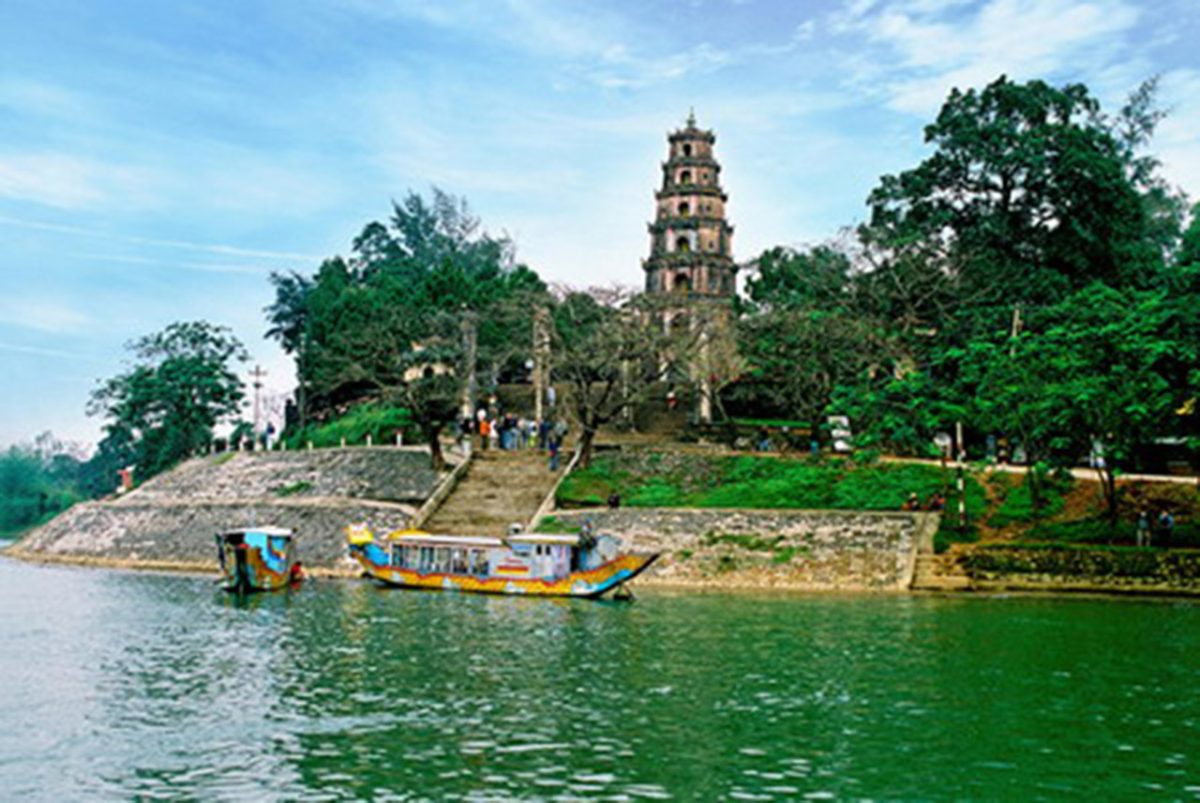
How to get there?
Visitors can get to the pagoda in different ways, such as taking a dragon boat to Thien Mu pagoda along the Perfume River while listening to the Hue Royal Court Music. Another option for sportive visitors is to ride a bike or walk to Thien Mu pagoda to enjoy the atmosphere in Hue.
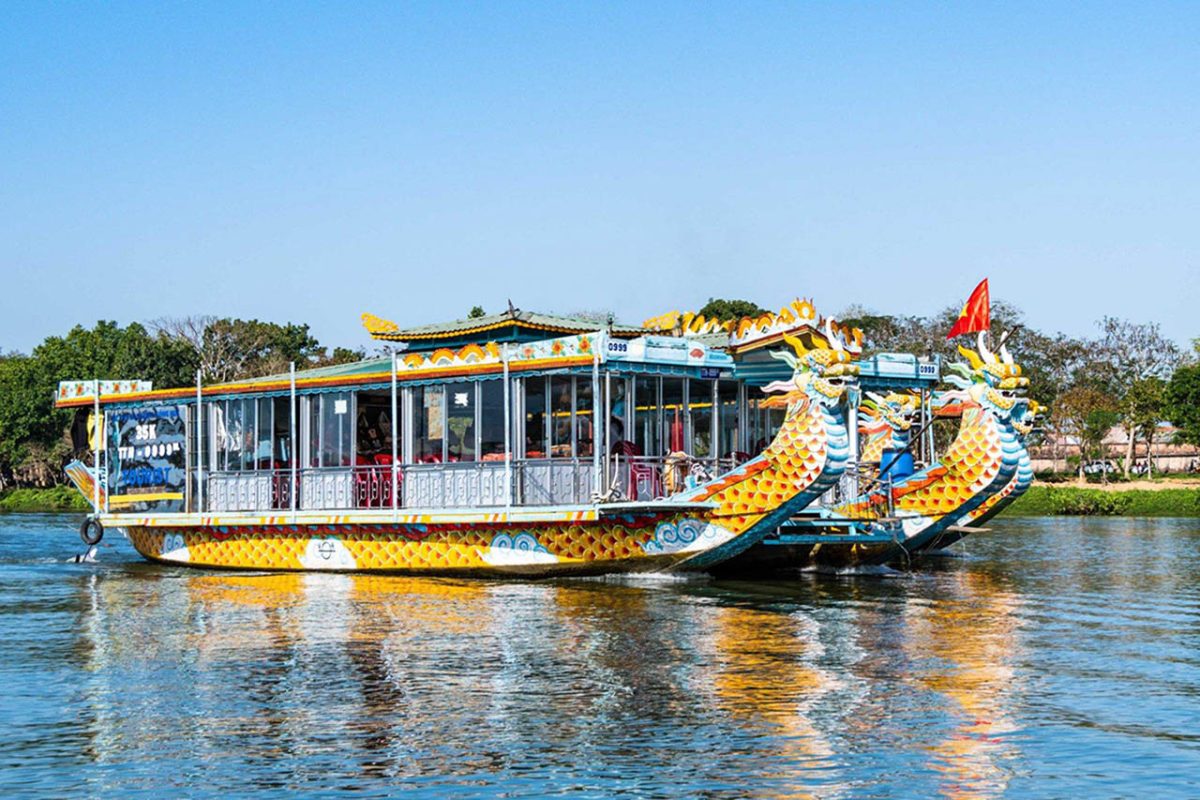
Opening hour
Thien Mu Pagoda opens from 8 am to 6 pm every day. The most ideal time to visit is probably from January to February – the weather is extremely pleasant and cool. Visitors don’t need to pay for visiting.
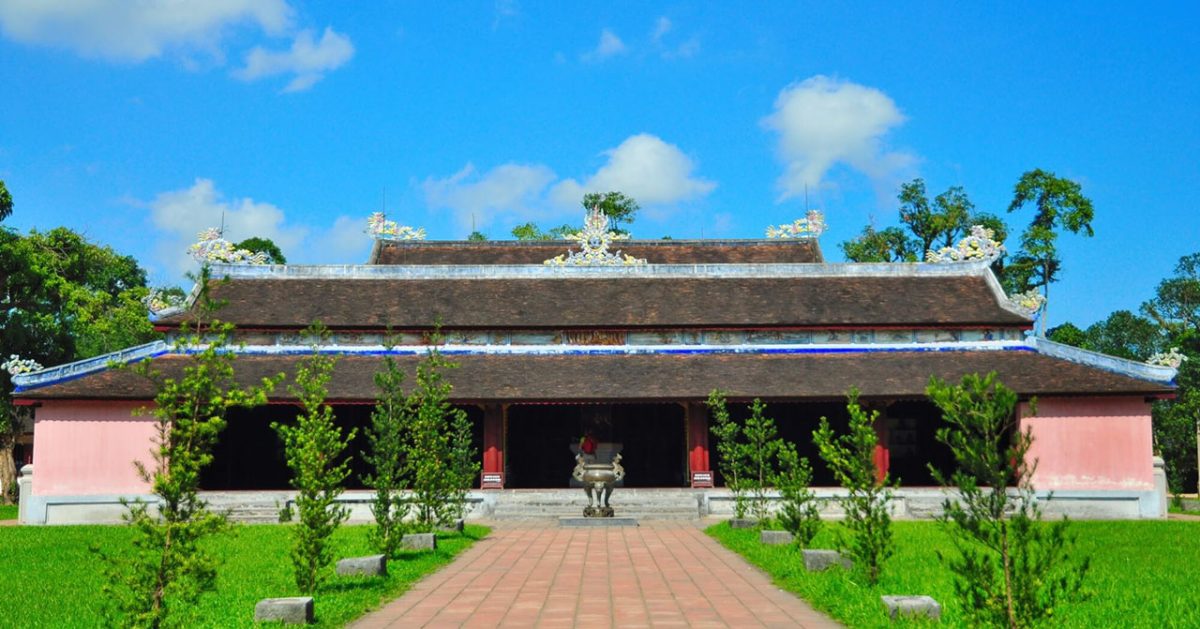
2. History of Thien Mu pagoda
The establishment process
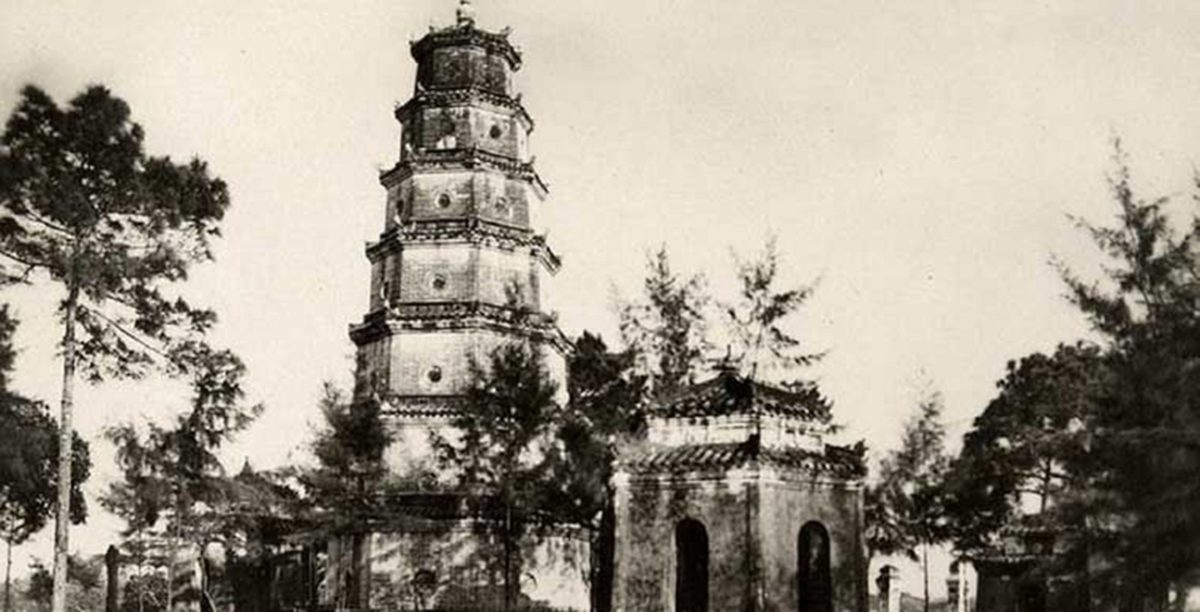
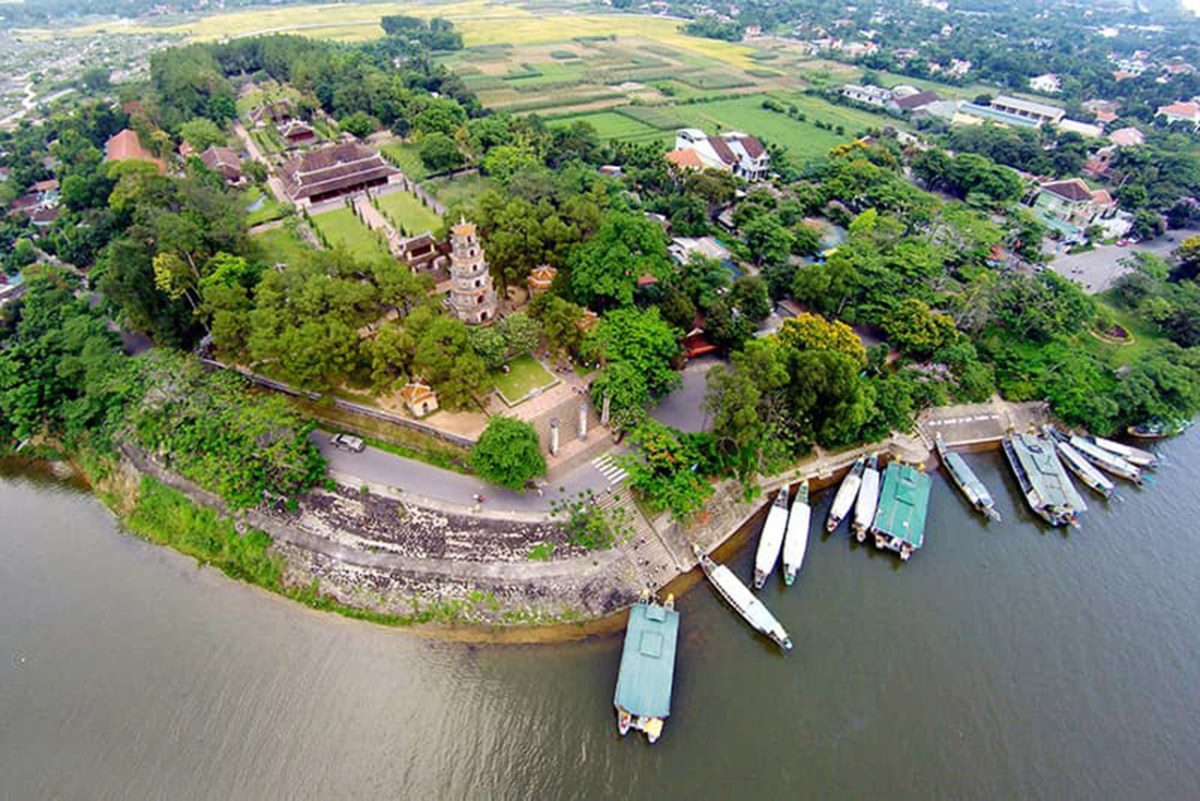
The restoration
In 1714, the current government conducted a throughout expansion and renovation of the pagoda. They built the main gate with a triple design; and many other beautiful shrines, including halls for preaching dharma, towers for storing sutras, bell towers, etc.
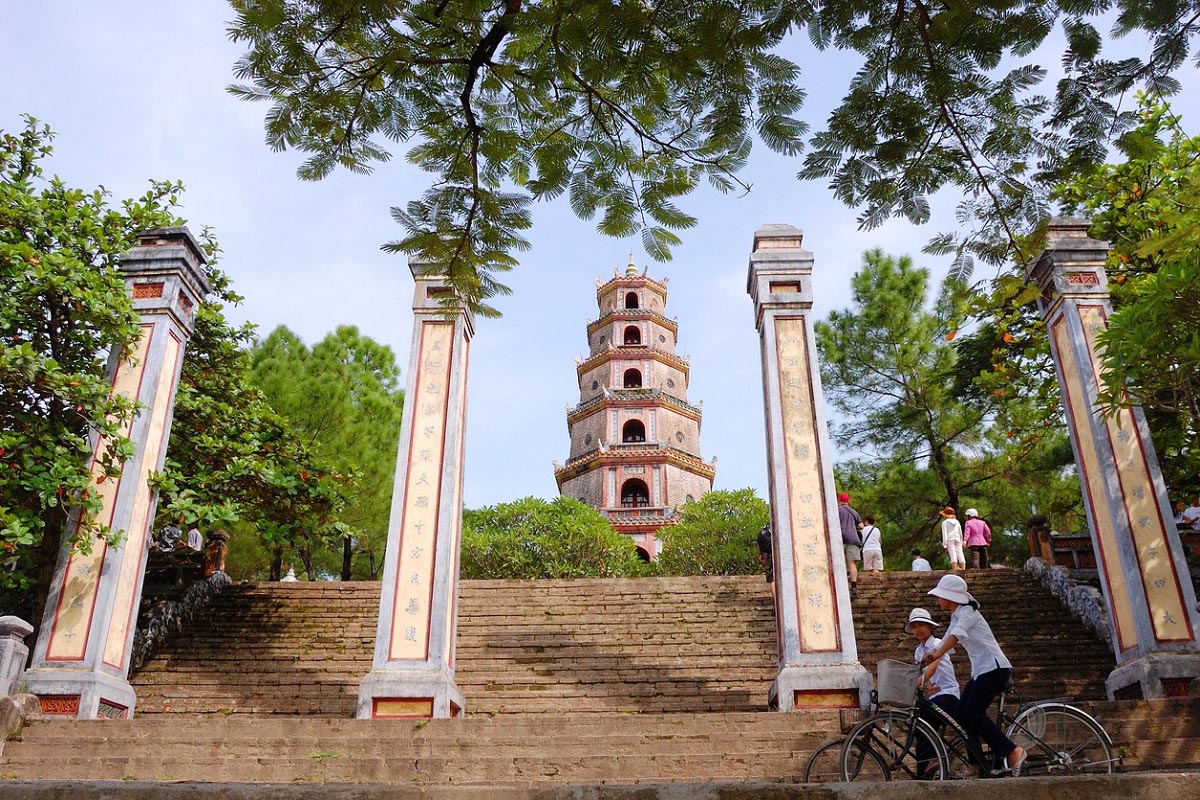
The great restoration of Thien Mu pagoda took place between 2003 and 2006 with 18 construction categories. This is the first restoration after hundreds of years conducted by the Hue Monuments Conservation Center and the Institute of Construction Science and technology with a total cost of over 26 billion VND.
3. The origin of the name Thien Mu Pagoda
The first name of the pagoda is Thien Mu – the Heaven Fairy Lady deriving from the local legend. When Lord Nguyen Hoang heard about the legend, he ordered the construction of the pagoda and named it Thien Mu – Heaven Fairy Lady. After that, Tu Duc Emperor changed its name to Linh Mu in 1862 to be more respectful.
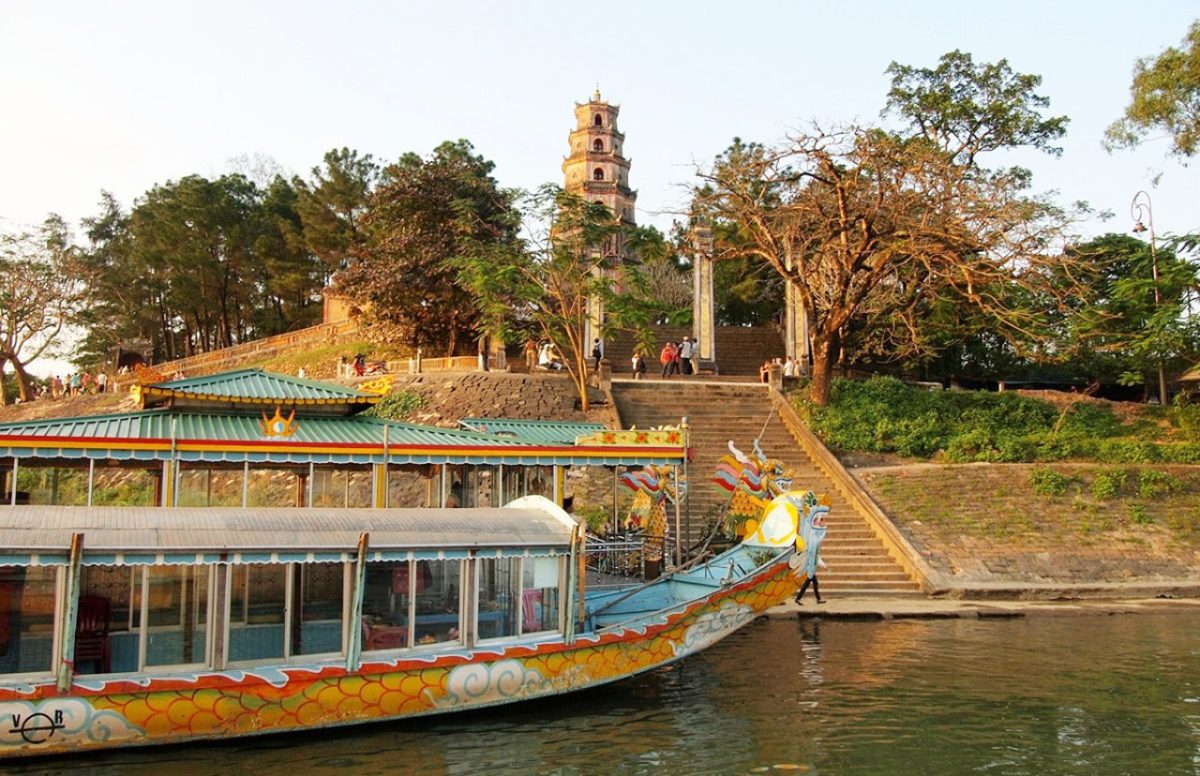
4. The mystery about the love curse in Thien Mu pagoda
Many residents believe that love couples shouldn’t come to Thien Mu pagoda together because the love curse will separate them. A long time ago, a poor orphaned boy fell in love with a girl from a well-off family in the region. Although they loved each other deeply, the girl’s parents forced them to break up. Therefore, they decided to suicide themselves in the Huong river, located in front of Linh Mu pagoda) to prove their true love.
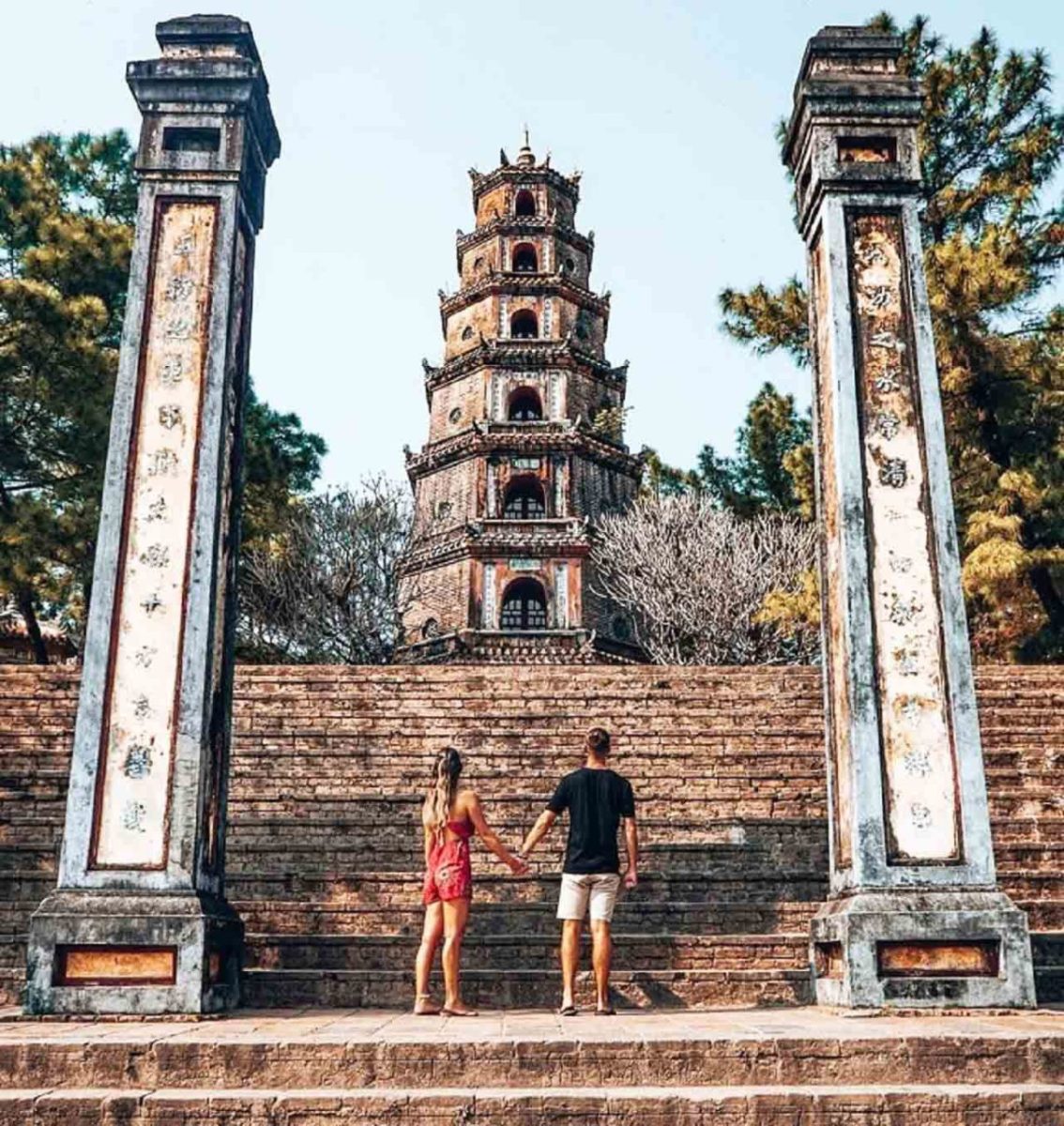
However, only the boy died; the girl washed up on the river bank, so the villagers saved the girl. As time went by, the girl forgot her first love and got married to a rich mandarin. She then lived a wealthy and happy life with her husband. The boy, with a miserable soul, knew about that. Thus, his wretched soul possessed Thien Mu pagoda and cursed every couple visiting Thien Mu pagoda would break up. Since then, love couples don’t dare to come there, but many single ones visit this pagoda to wish for love and happiness. On the other hand, the monks of Thien Mu pagoda said that people made up the story about the love curse to deter loving couples from doing disrespectful actions in the sacred pagoda.
5. What to admire inside Thien Mu pagoda
The pagoda has an ancient Buddhist architectural style with many sections, including the Information room and Museum sop, an Outdoor display area, Long An palace (the main displaying hall), a Section of Cham antiques, and an Office. Noticeably, the unique artwork of the pagoda attracts the attention of many tourists.
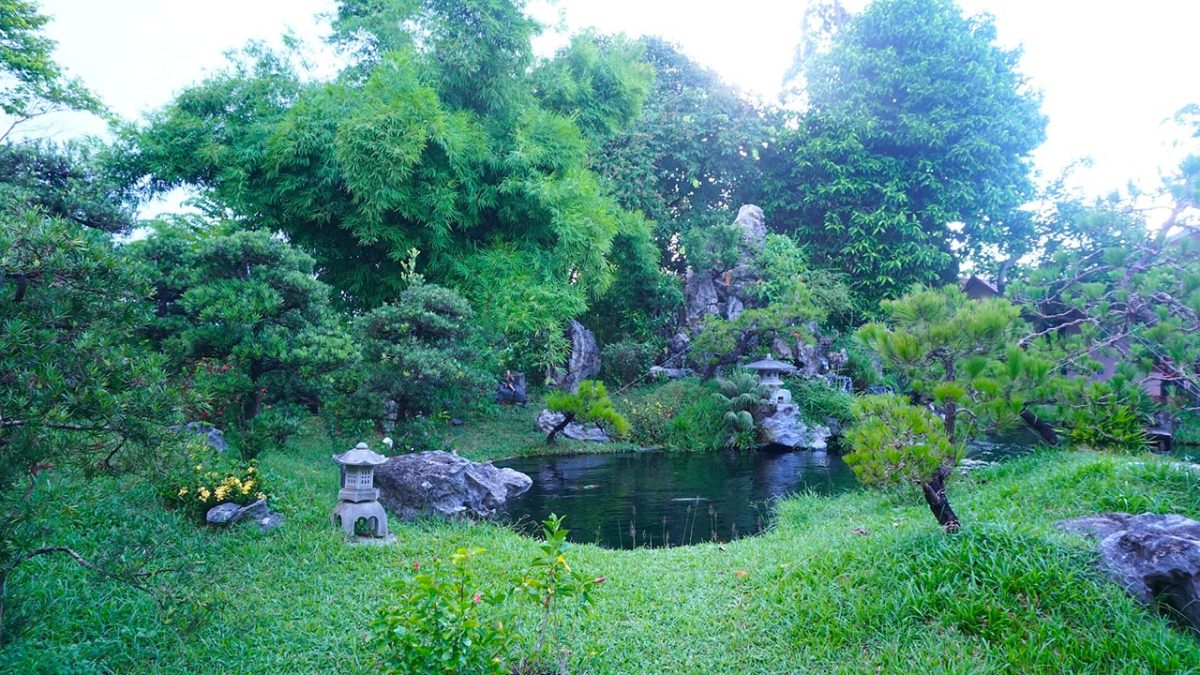
The garden of the pagoda follows Hue’s gardening tradition and is a harmonious combination between people and nature. The land has a lot of pine trees, fruits, flowers, waterlilies, grasslands, and bonsai.
Dai Hung Temple
Located right in the main hall of Thien Mu pagoda, Dai Hung Temple worships Maitreya Buddha – the God of carefree and happy emotion. The statue of Maitreya Buddha lies in the center of the hall with a gentle smile, big ears, and big belly presenting tolerance and kindness. Architects use solid cement to build the temple and paint it a wood color to make the temple look more familiar and friendly.
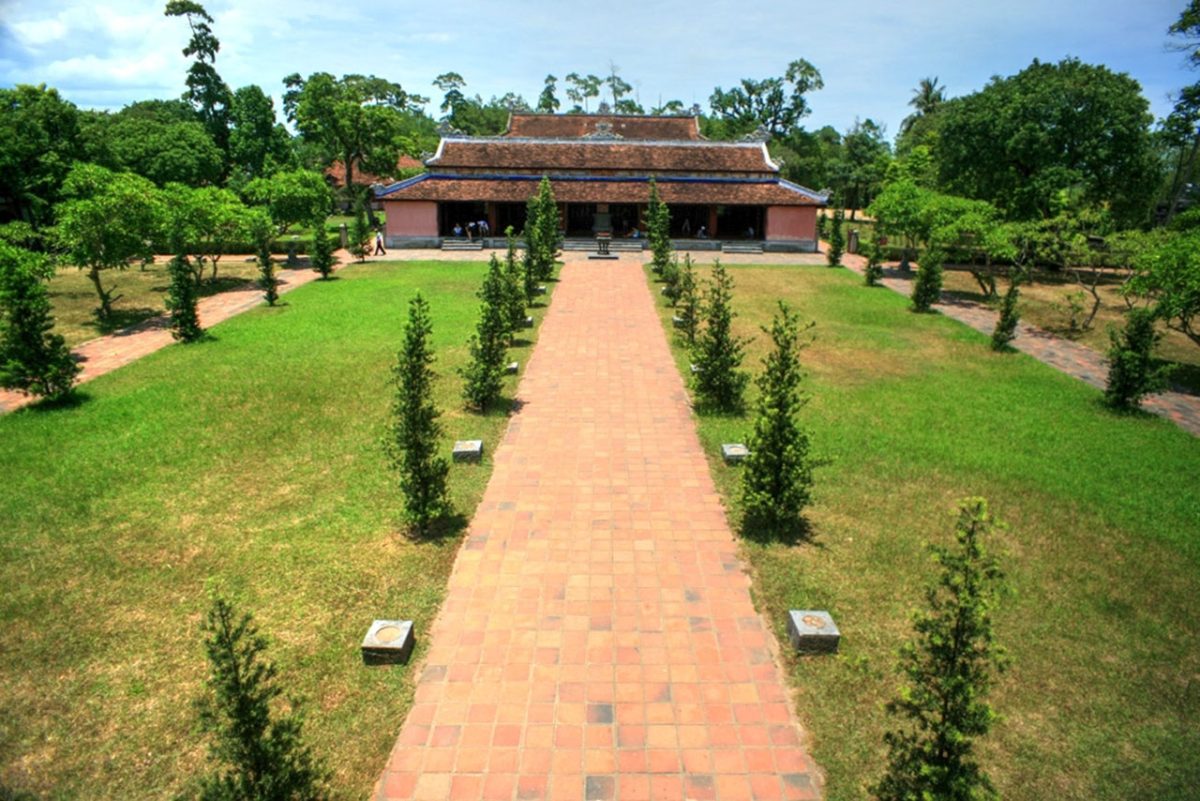
In addition, the Dai Hung temple also stores ancient calligraphic paintings and a delicate bronze sun-moon bell. Beside the temple also worship the statue of Tam The Buddha, Van Phu Bodhisattva, and Pho Hien.
The stupa of Dharma Master Thich Don Hau
The land behind the temple is the burial place of Dharma Master Thich Don Hau. He is the first head monk of the Thien Mu pagoda. Because of his great contributions to the national and Buddhist associations, he becomes the only monk to be buried in the ground of the pagoda. Monks preserved his ashes inside a stupa to express their gratitude and respect for him.
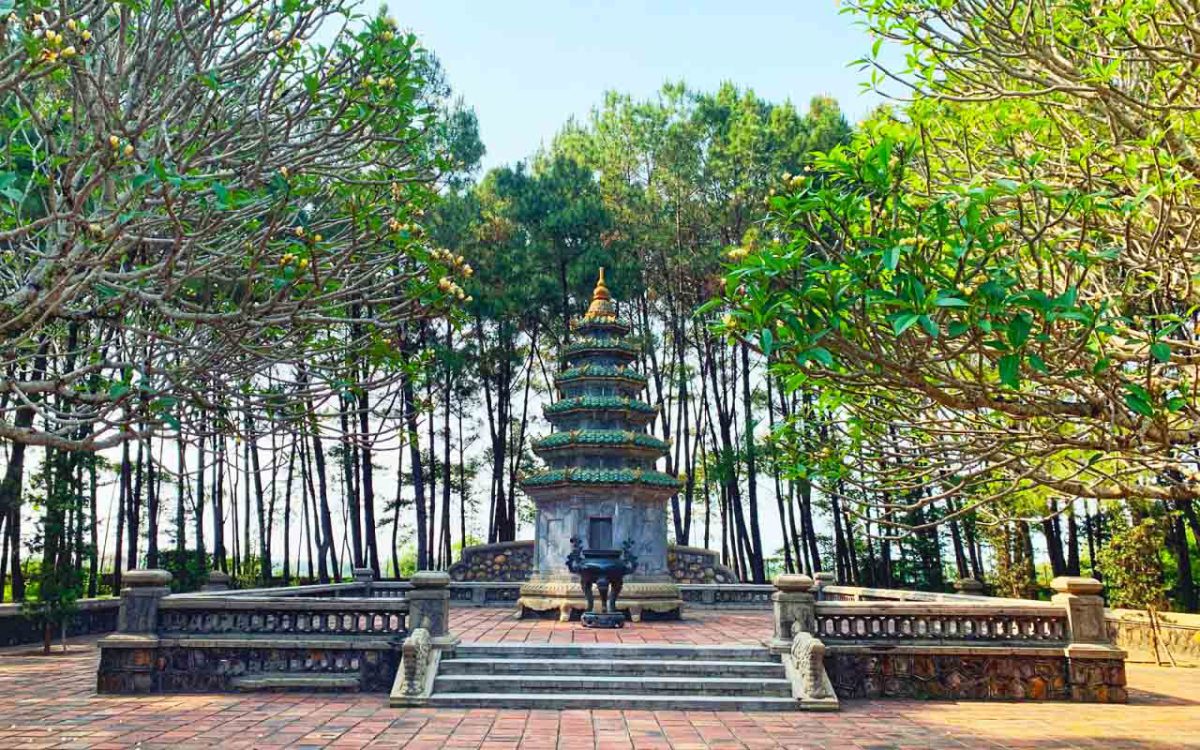
The Austin Car – A historical evidence
Thien Mu pagoda also stores many historical artifacts and antiques. One of them is an Austin car, which belongs to Thich Quang Duc monk. He burnt himself in 1963 against Ngo Dinh Diem Regime and ask for liberty for Buddhists. However, the fire couldn’t burn his heart so people called his heart – the heart of Bodhisattva. Vietnamese and people in the world respected and admired his courage and patriotism.
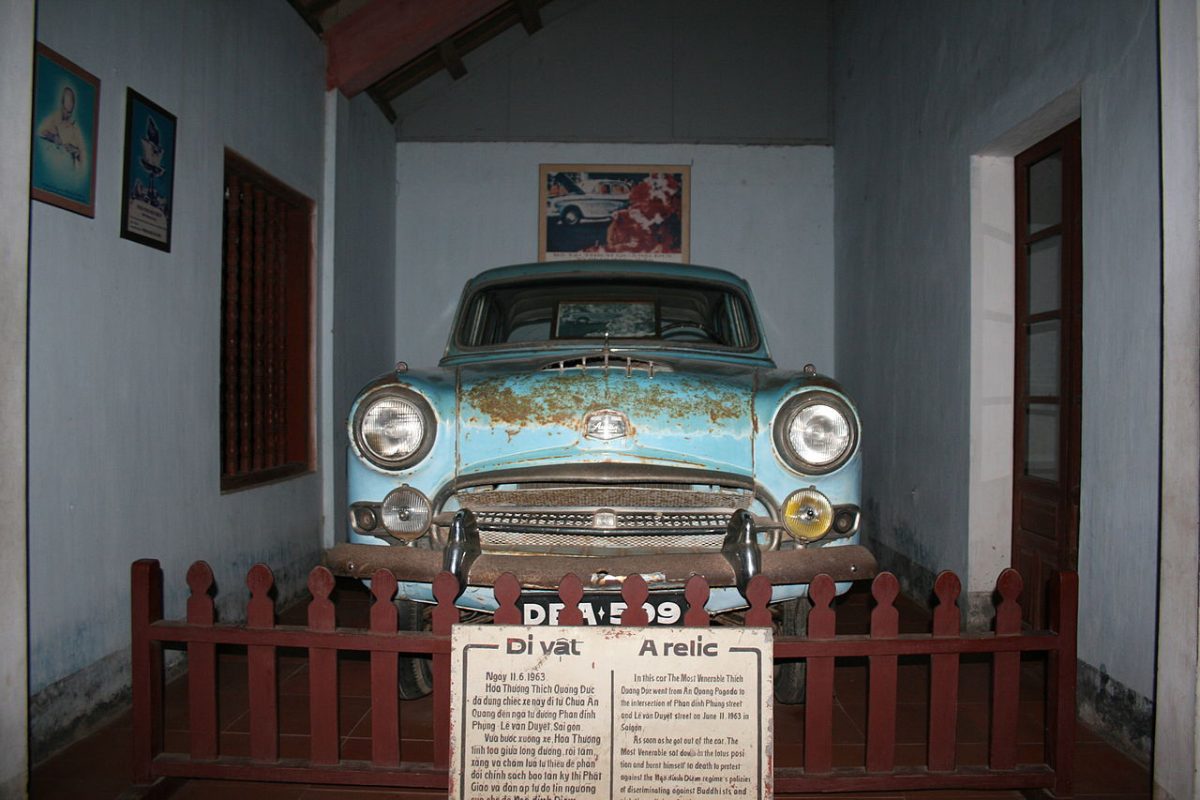
The three-arche gate
The three-arche gate is behind Phuoc Duyen tower and is the main entrance of the pagoda. The gate contains three doors representing three worlds: Human – Devil – God, with two floors and eight roofs. The second floor of the center door worships Buddhists, having a sophisticated pattern on the roofs. Moreover, each path has its statue of the Dharma Protector.
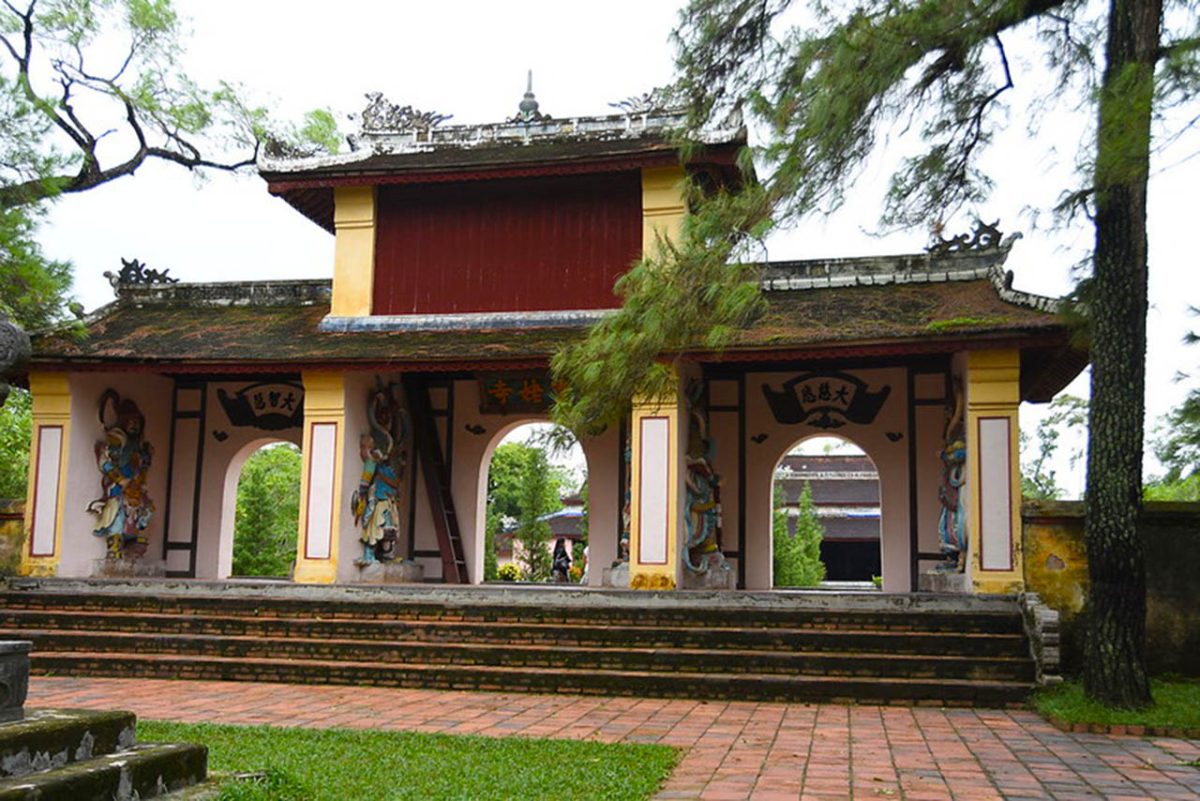
Phuoc Duyen Tower
From the Huong river, visitors can see the Phuoc Duyen tower standing visibly. The tower was a birthday gift the Emperor gave to his grandmother in 1844. The statue of Buddha facing the South on every floor impresses several visitors. The building materials are clay, stone, and Bat Trang traditional ceramics. Phuoc Duyen tower is one of the most popular parts of the Thien Mu pagoda. The architecture impresses tourists with the unique and ancient beauty of the Imperial Citadel – Hue.
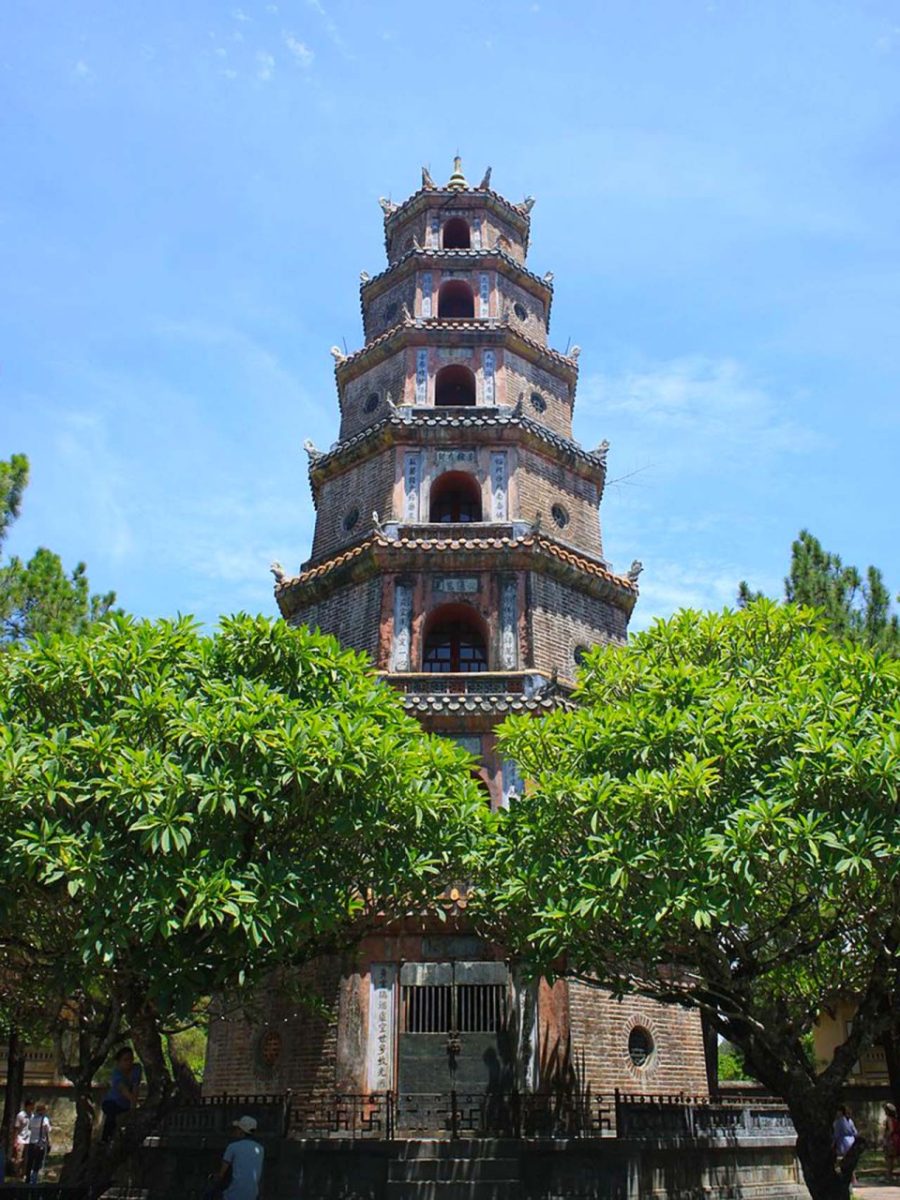
Giant Turtle
The giant marble turtle inside the campus is one of the features of the Thien Mu pagoda. It was made in 1675 and belongs to four holy animals in Vietnam. Turtles symbolize longevity and education. Therefore, students often come here and touch the head of the turtle to get fortunes before exams. Besides, the back of the turtle has a stele that commemorates Lord Nguyen Phuc Chu’s renovation. The text penned by the Lord to give compliments to the pagoda praises Buddhism, as well as the monk.
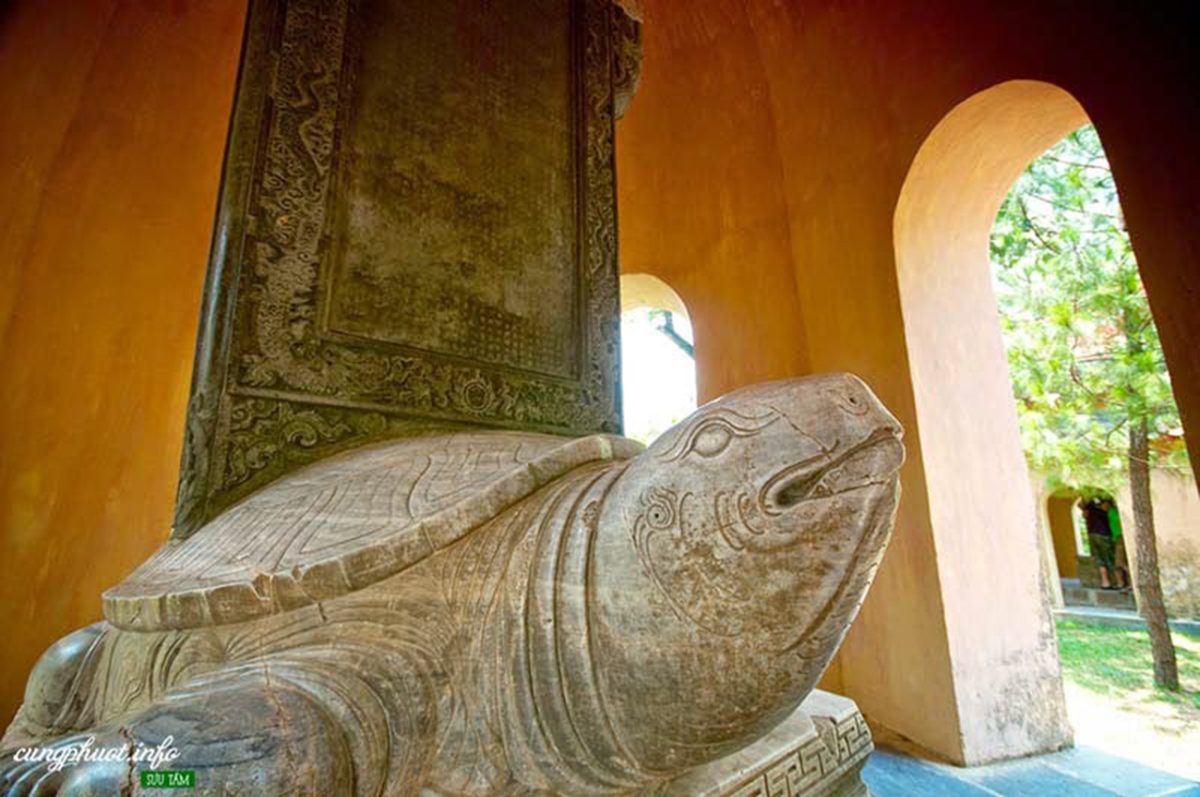
Dai Hong Chung Bell
On the right is a pavilion having a giant bronze bell – Dai Hong Chung. The bell is one of the most achievements of bronze casting in Vietnam in the 1710s. Its size is huge at 4.5 feet high, and its sound can spread over 6 miles.
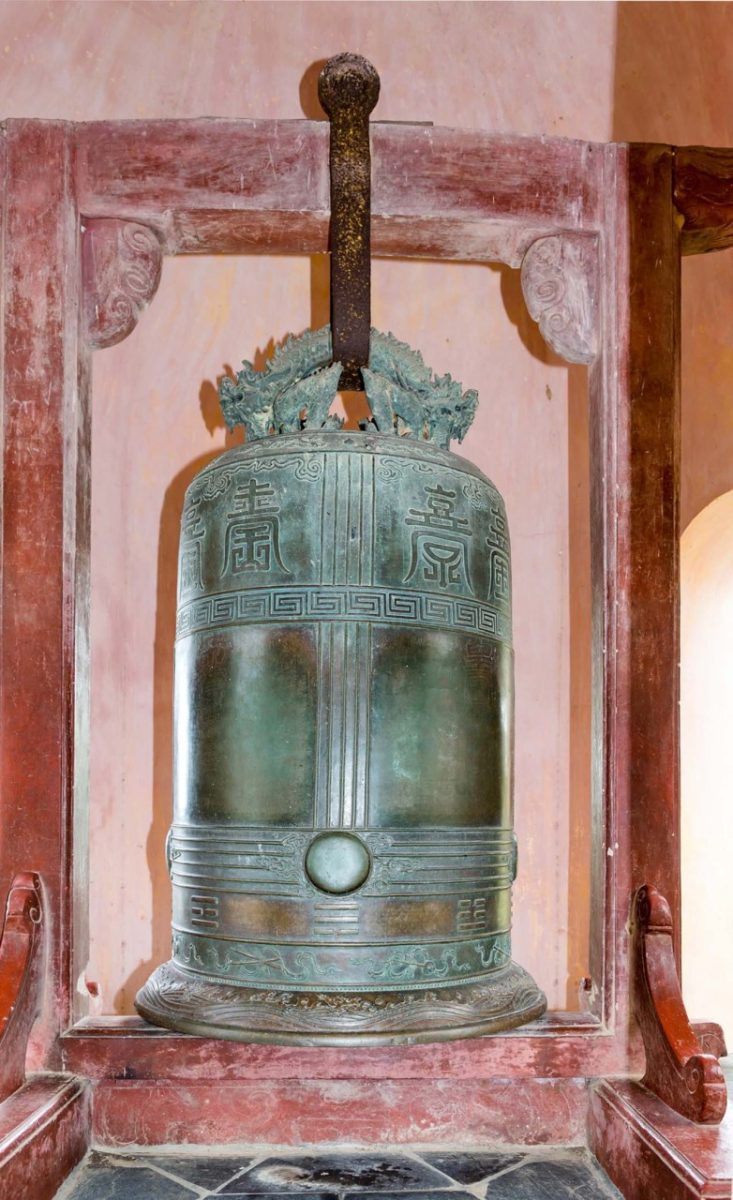
Kṣitigarbha shrine
Kṣitigarbha shrine is situated right after the main temple with a peaceful and quiet surrounding. The front yard is spacious and airy with green plants and a lake. This shrine is ideal for visitors to sit down and take a rest after a long walk.
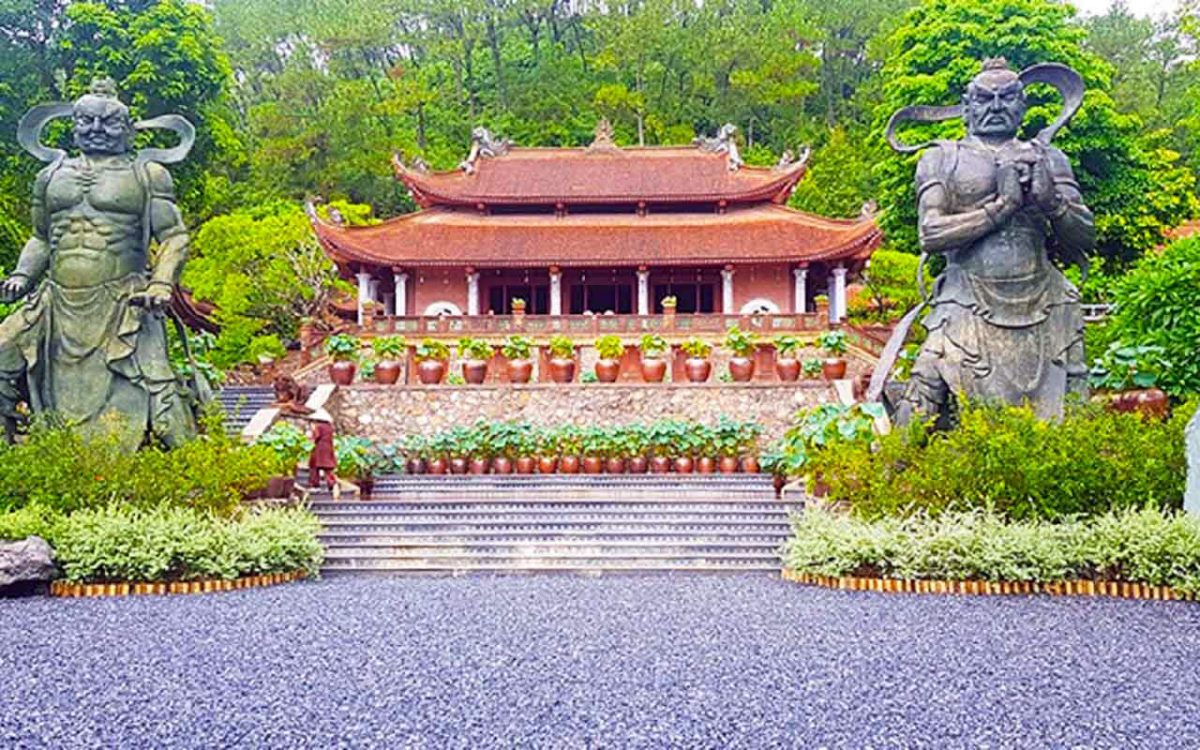
6. Notes when visiting Thien Mu pagoda
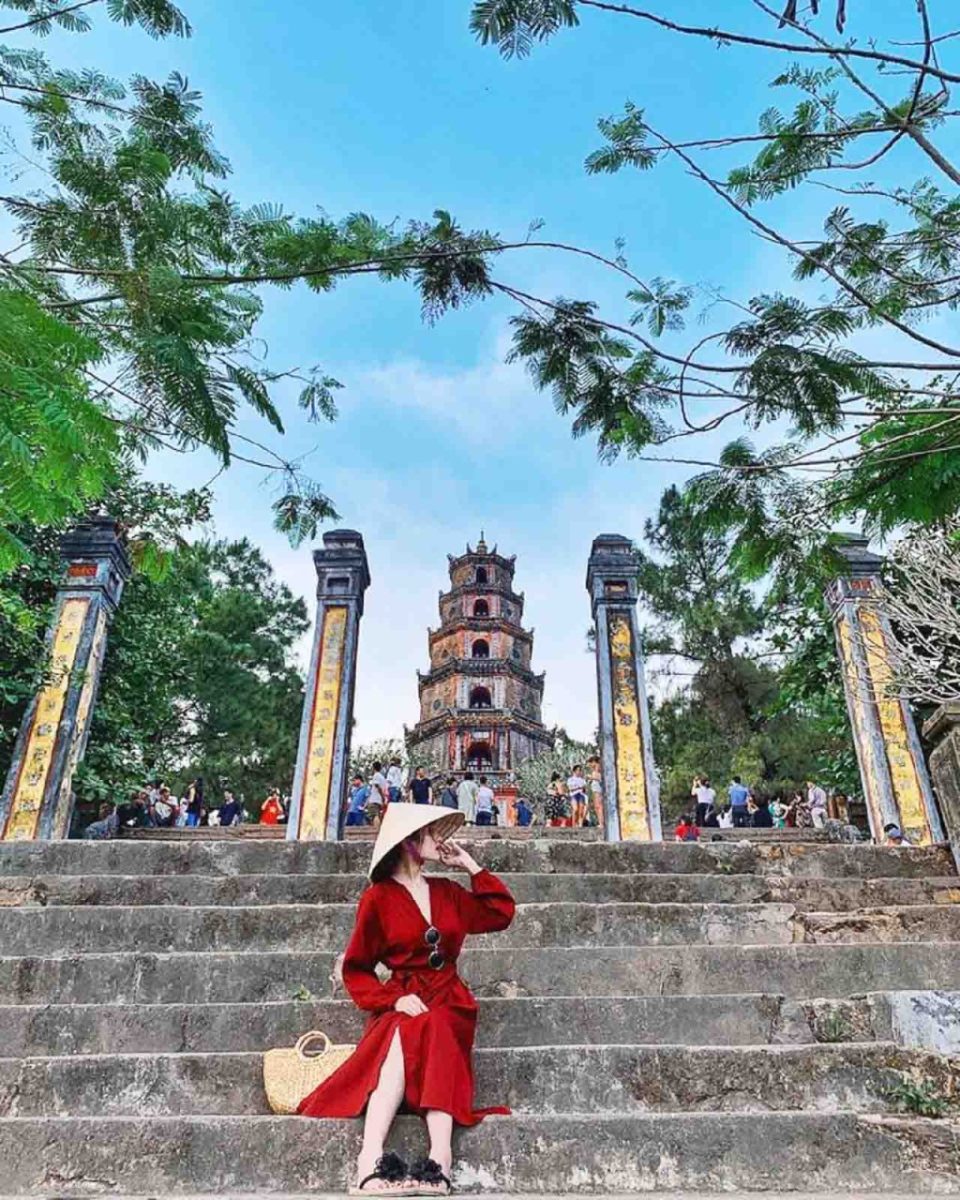
- Before entering the Dai Hung Temple, visitors need to take off their shoes, and glasses to show their respect to the Gods.
- Remember to dress politely and avoid talking too loud here.
- The pagoda has parking lots for cars, motorbikes, and bikes costing about 5,000 VND per vehicle.
- There is no cafeteria in the pagoda so visitors should bring pure water and some snacks if they want to
Nguồn tham khảo: https://en.wikipedia.org/


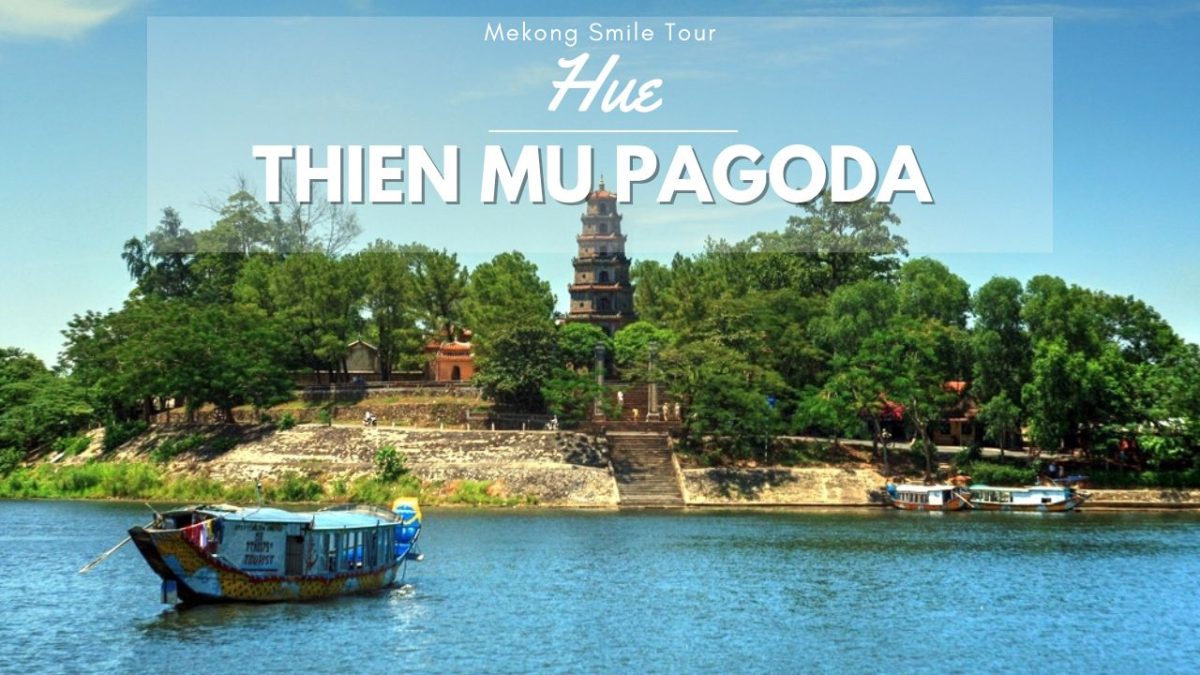
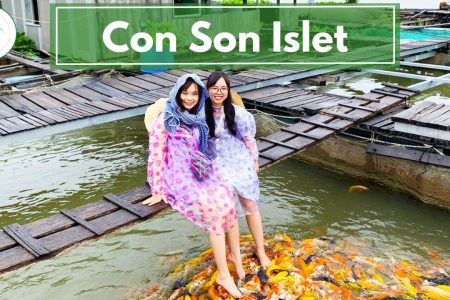
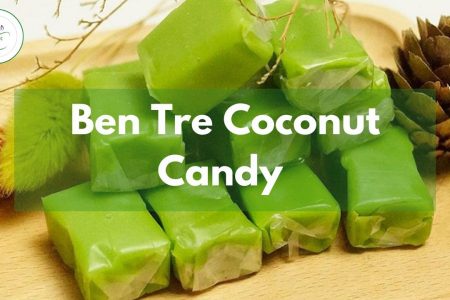
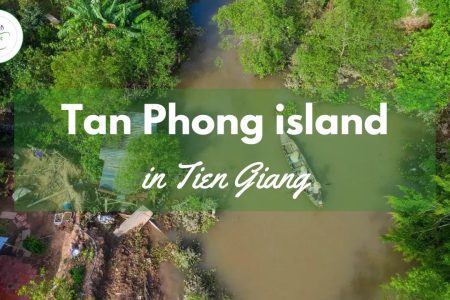
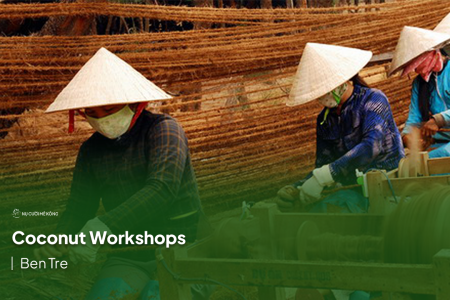
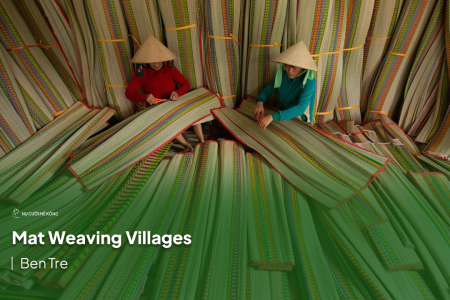

0 Comment